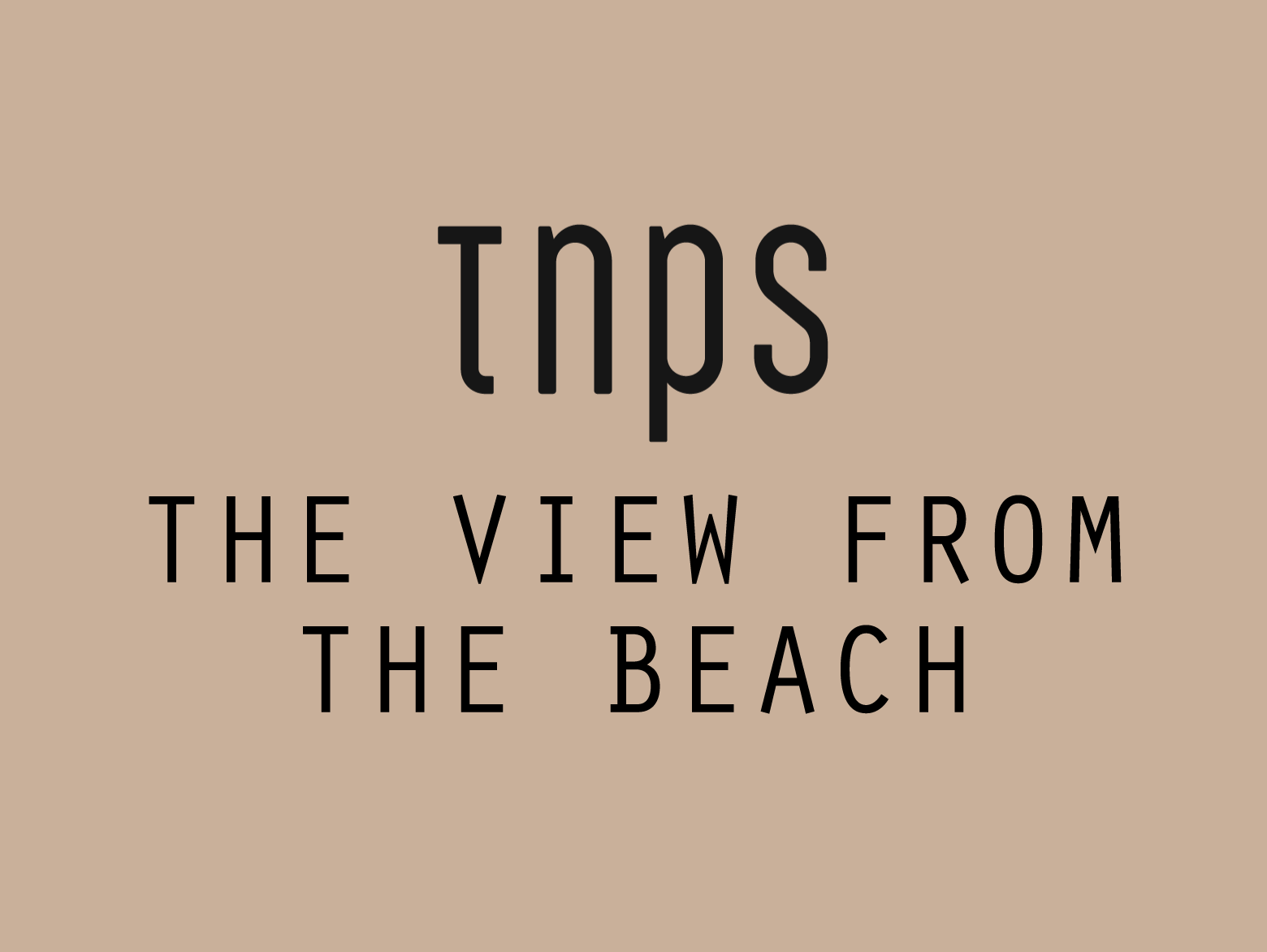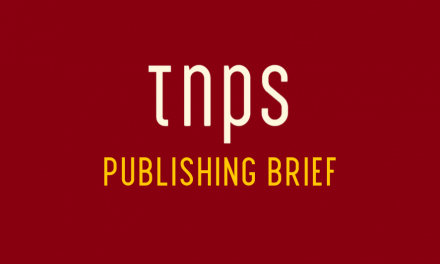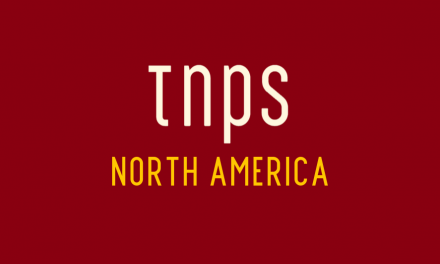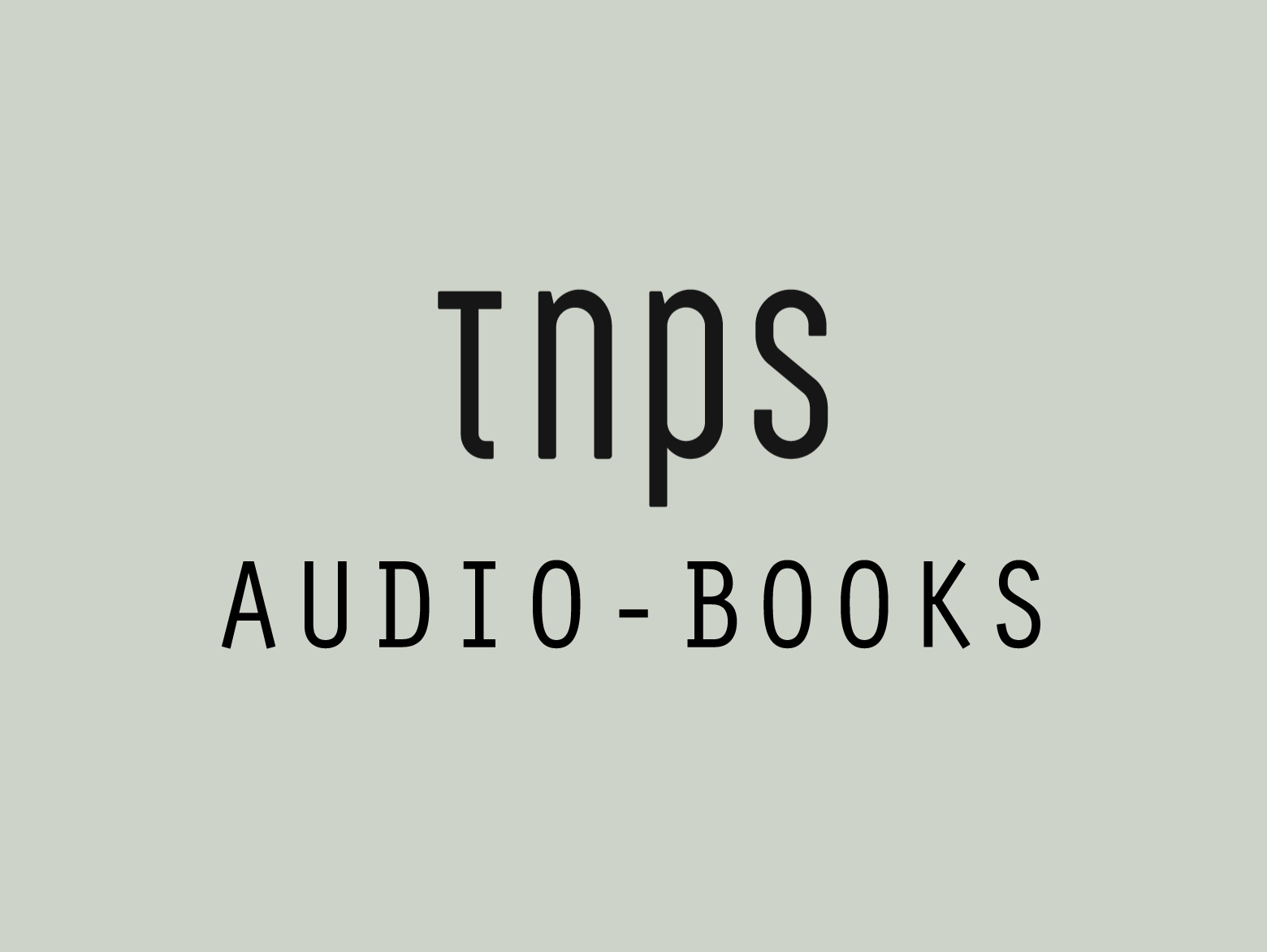India’s SonyLIV is the latest video streaming operator to enter the lucrative and fast-growing Middle East market.
Uday Sodhi business head of digital, Sony Pictures Networks India, explained,
With a bustling young population who are essentially digital first consumers, the Middle East serves as a highly lucrative market for content creators like us to spiral a growth. With increased adoption of smartphones and advanced services, there is a huge potential for Indian content which is extremely popular and appeals to viewers globally.
There is of course a strong Indian ex-pat population across the Middle East that will welcome the Sony Picture Networks content, but significantly all new episodes will go out with English-sub-titles – a reminder that English is the second language of many in the region.
And as we know from numerous other VOD entrants to the region, it is not just Indian content that is in demand.
Amazon Prime Video launches on UAE’s du while global ebook ambitions remain on the shelf
Sony LIV launched in India in 2013, has seen over 100 million app downloads and has 70 million MAUs.
The new service, available in the UAE, Kuwait, Oman, Saudi Arabia and Bahrain, is priced at $5.99 for a month, and will be competing with many other local and international video streaming services that understand the value of establishing themselves in digital-first emerging markets like these and riding the growth curve as more people embrace the internet via smartphones.
The price tag is worth contemplating further, as it plays into previous debate here at TNPS about the shift to subscription and the reality behind the “attention economy” debate.
In this instance consumers are being asked to pay $5.99 per month for unlimited video from SonyLIV, or as much or higher for a single ebook or audiobook from a regular retail service. By focussing on attention spans and hours in a day, the new publishing buzz-phrase that is the “attention economy” debate conveniently sidelines that reality that, as we enter the third decade of the twenty-first century, digital-first consumers do not share the priorities of previous generations who had fewer options.
Buy-to-own, have-and-hoard are yesteryear concepts. On-demand pay-as-you-go is the future of all media, and one-price-all-you-can-eat is the natural winner.
Publishers understandably cling to established practices in mature markets where the infrastructure is in place to support a buy-to-own economy and digital subscription options are limited.
But it is precisely the inadequacy of that infrastructure that has stymied publishing and other media sectors in the emerging markets.
Publishers need to consider, as video streaming services already are doing, that digital first and all-you-can-eat subscription opens up markets hitherto considered off limits or not economically viable.
As ever, some publishers and platforms are ahead of the curve. Storytel is perhaps the best known example right now, and of course Storytel is itself in the Middle East, having launched Storytel Arabia from Dubai in 2017.
Storytel launches in UAE. Joins Dhad, Booklava and Kitab Sawti in the Arab audiobook market
Storytel faces competition from established audiobook players like Kitab Sawti –
and Booklava –
Dubai’s Booklava wins The Bookseller’s AudioBook Publisher of the Year Award
and Dhad –
The Middle East and North Africa of course also offer a small but expandable business in printed books and that too will experience growth as more opportunities emerge to buy online. The beauty of digital is that it can boost print too.
But the real growth potential, as the video streamers well understand, is in targetting the digital-first consumers who have effectively skipped the buy-to-own model, have had few opportunities to buy print, and want to maximise value for money.
Value for money of course is at the heart of the appeal of subscription for consumers.
For publishers the appeal will lie in the volume of new audience subscription can bring, where multifold micropayments will make up for and in time exceed the returns of the unit price buy-to-own model with all its built-in costs.
And that applies across all the emerging markets, not just the Middle East.
The 2010s have seen the first ripples of a Global New Renaissance quite unprecedented in human history, that has simultaneously shrunk the globe and opened up new possibilities of cultural exchange unimaginable at the start of this century, before smartphones and high-speed global internet connectivity.
The year 2000 was the year total global internet users reached 361 million.
Today we are at 4.3 billion and by 2030 7.5 billion people online is a conservative forecast.
By 2030 new models of media delivery and consumption will no doubt make 2019 look as outdated and laughable as 2009 looks to us today.
Print will still have a big role to play in the global book markets in ten years time, of course, but the explosive growth will occur, just as it has this decade with video, as publishers embrace digital as a means of delivery and subscription as a means of consumption.





